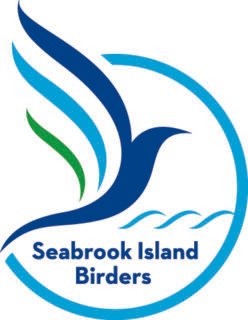Spring has sprung on Seabrook Island and at the Rookery on the Ocean Winds golf course. Every Spring, the Rookery, which is located on hole four at this course comes alive with nesting activity. We scheduled the Seabrook Island Birders Golf Course Learning Together outing, for the March and April months, on Ocean Winds so that we can see how the nesting begins and then watch how the hatchlings develop and eventually leave the nest. Our March 17th outing was worth the visit. We observed Great Egrets, Wood storks, and Anhingas picking their location and building their nests to raise their young.
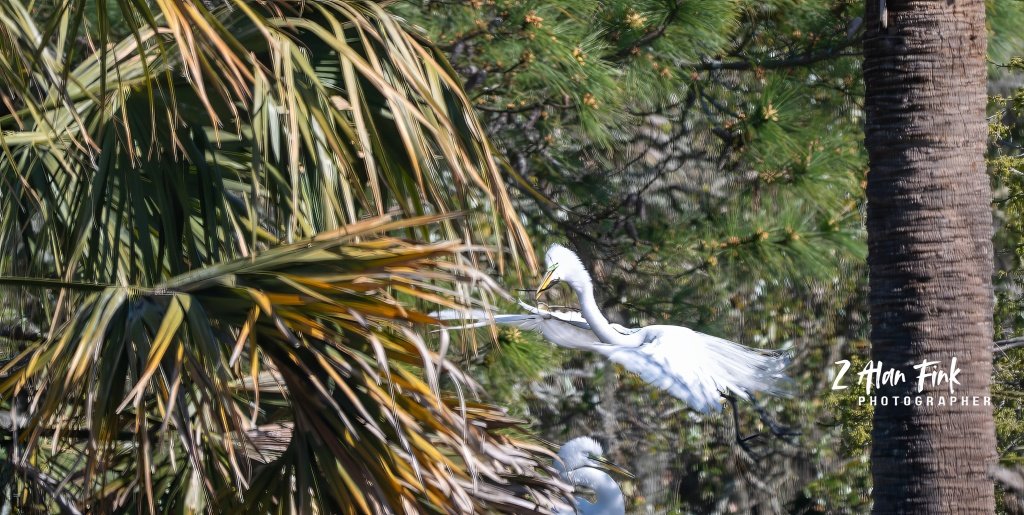
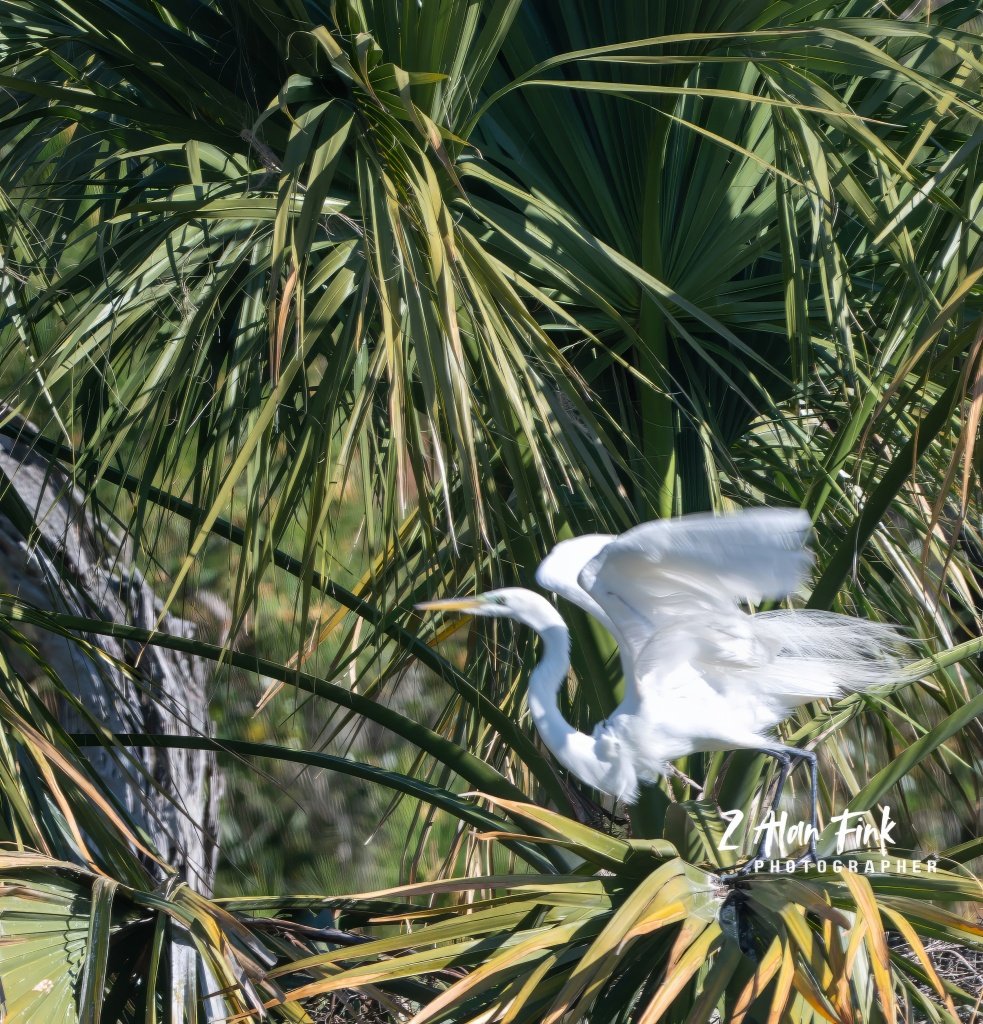
The Rookery at Seabrook Island is very attractive to all these birds because it is near water with dense vegetation which makes it difficult for ground-based predators to reach their nests. The birds do nest very close to each other which allows them to watch for predators and alert each other to danger. This increases the overall survival rate of the colony. A well-established colony like this one can be seen as a healthy ecosystem, and the birds often return to the same nesting sites year after year. Guess we could say they are like the spring breakers that return to Seabrook Island every year to relax and enjoy this beautiful island.
In addition to visiting the Rookery, we also like to keep tabs on a pair of Osprey that have a nest on hole 3 of Ocean Winds. Osprey are known to mate for life and pairs usually return to the same nest site to breed each year. Several weeks ago, we saw that the male had returned first to spruce up the nest and was waiting for the female to return. She was there when we stopped on our March outing. Osprey typically arrive at their nesting sites late March and early April. Just in time to lay their eggs. The female will stay in nest to incubate the eggs, while the male will bring her food and protects the nest. Hopefully we will get to witness this activity on our next learning together on golf course outing.
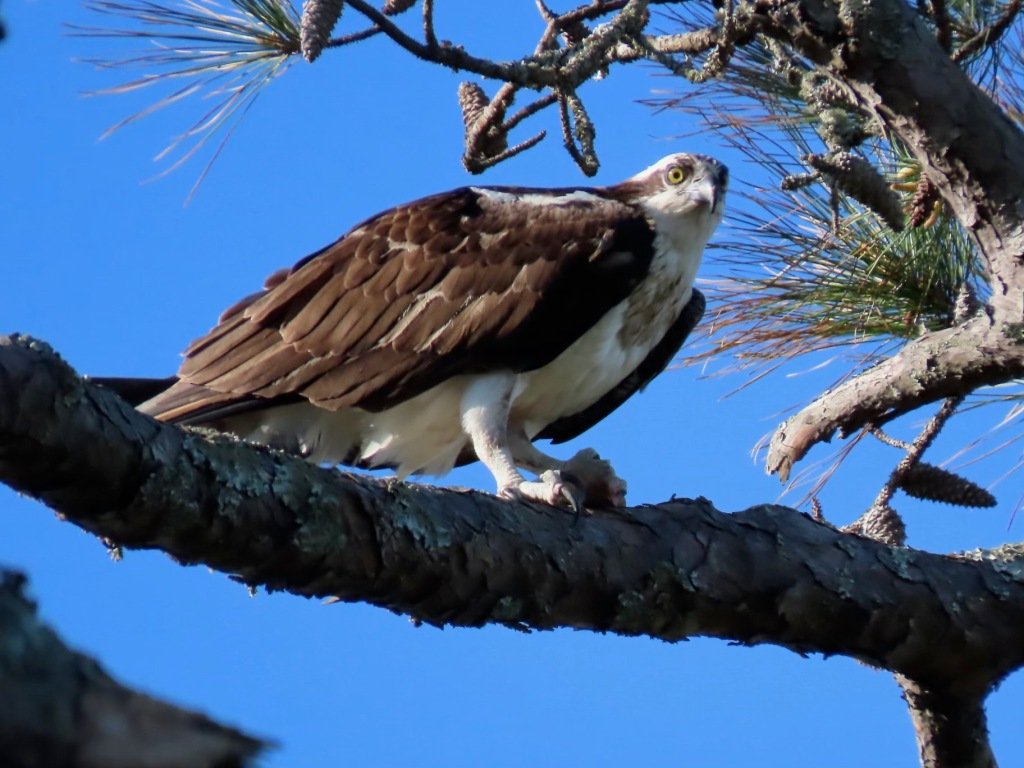
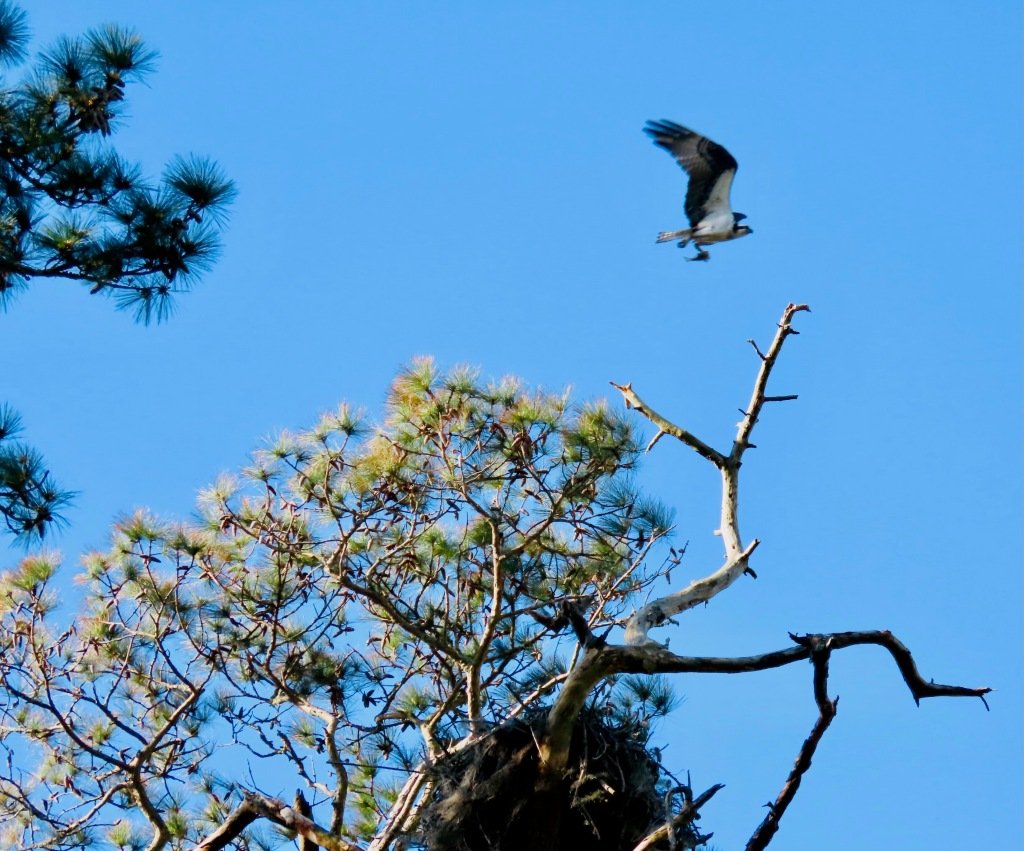
I really enjoy the Learning Together programs because I always discover something new or experience something new. That is exactly what happened on the March outing. Two new things happened. We stopped at what was thought as an abandoned Osprey nest only to discover that a pair of Red-tailed Hawks have taken it over. Red-tailed Hawks are known to reuse nests that were previously occupied by other birds. That is exactly what this pair has done. So, we will want to keep this site in mind on our next outing.
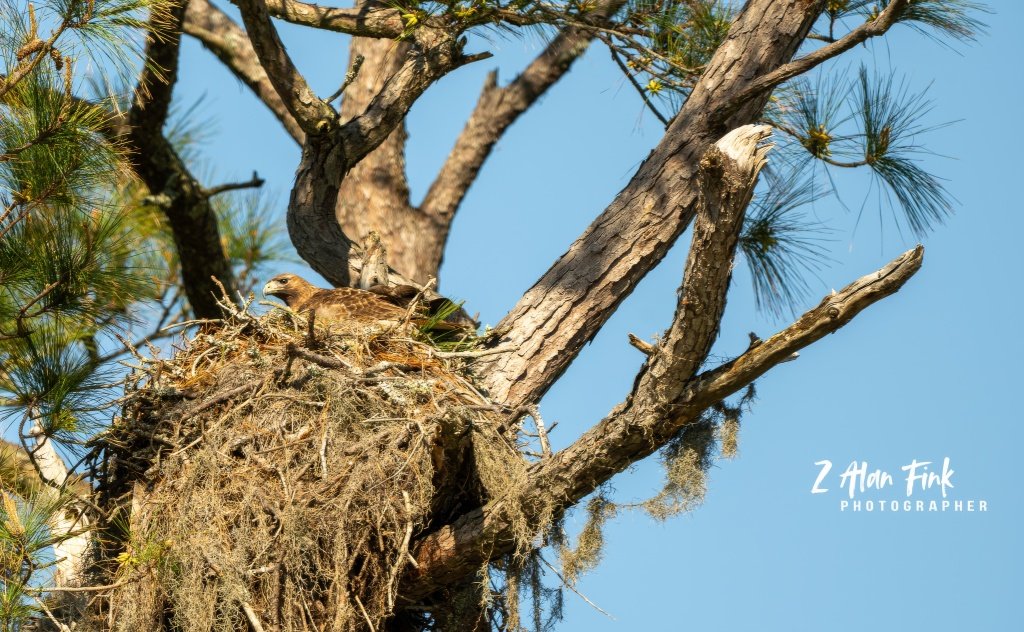
The other first-time experience for me was the migration pattern of the Double-crested Cormorants. While we were observing the Rookery, we witnessed multiple flights of these birds in V formation. At first, I thought it was a flight of geese heading north. It turned out to be approximately 175 Double-crested Cormorants migrating north to their breeding area. Double-crested cormorants breed across North America, including along the coasts and in large inland lakes, with many found in areas like the Great Lakes, and the St. Lawrence Seaway. We also saw a group flying in a single file, which they are also known to do.
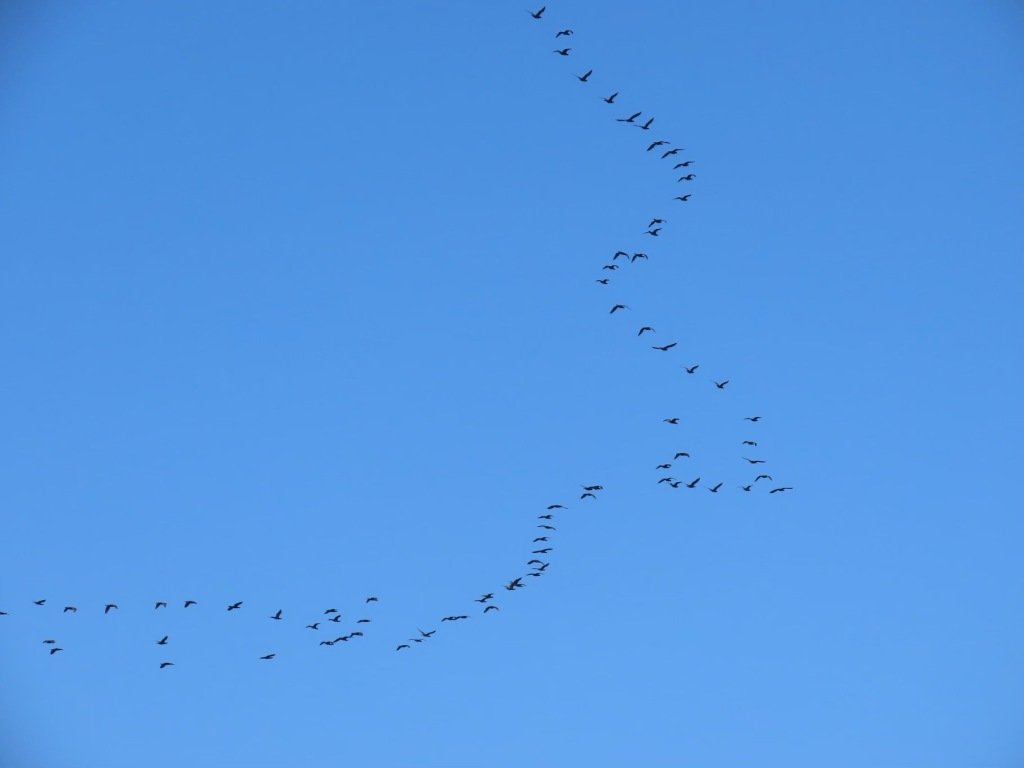
April 21, 2025, is our next scheduled Golf Couse Learning Together program. We will revisit the Osprey and Red Tail Hawk nests along with the Rookery. There will also be many Songbirds and Herons to observe. Maybe we will have another first-time experience.
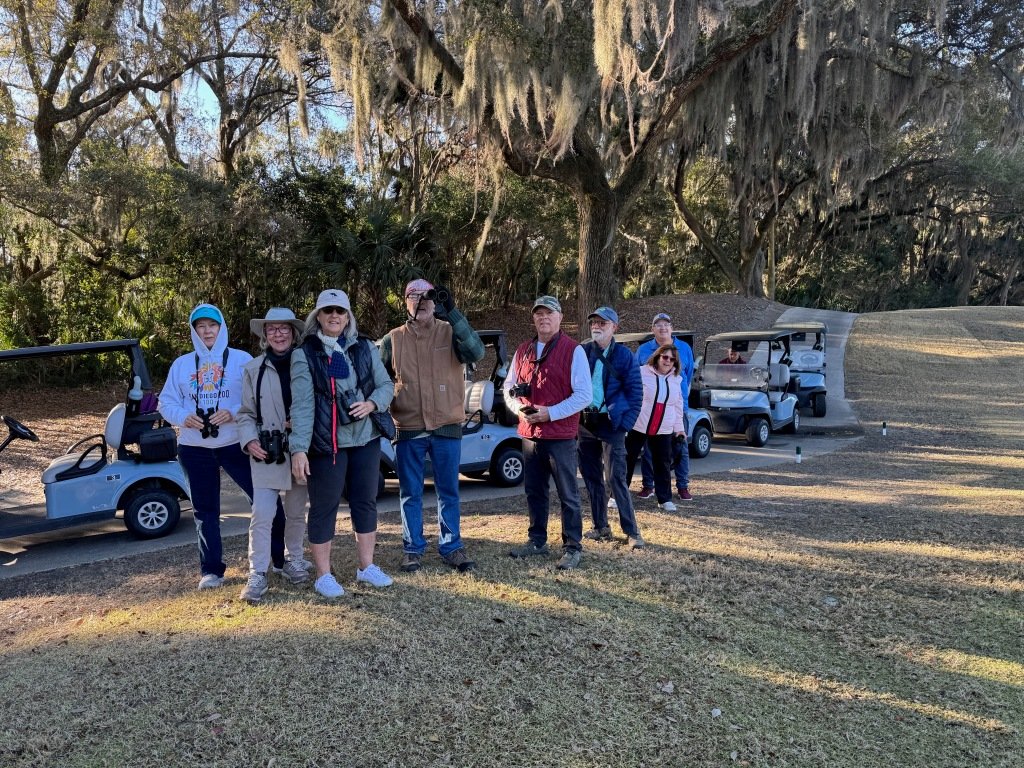
If you would like to join us please register by clicking below:
Shar Fink
